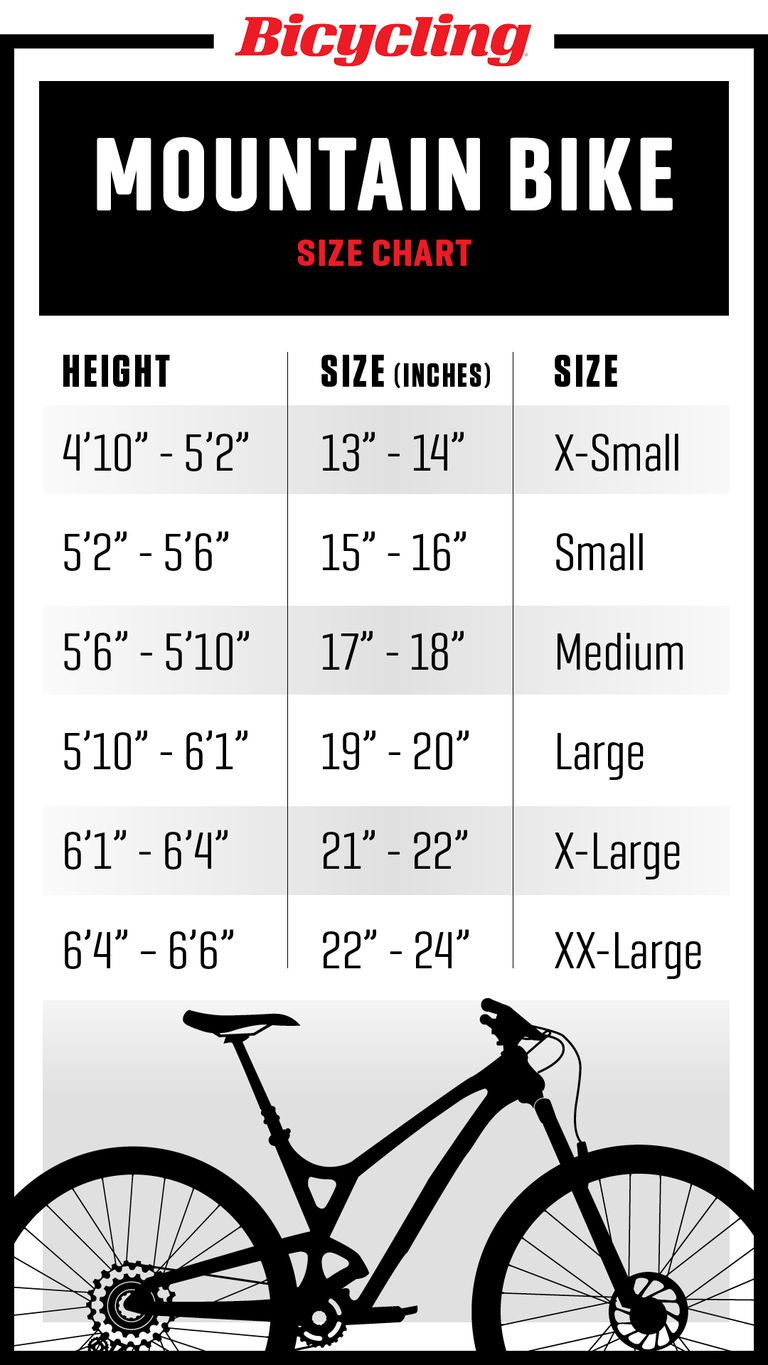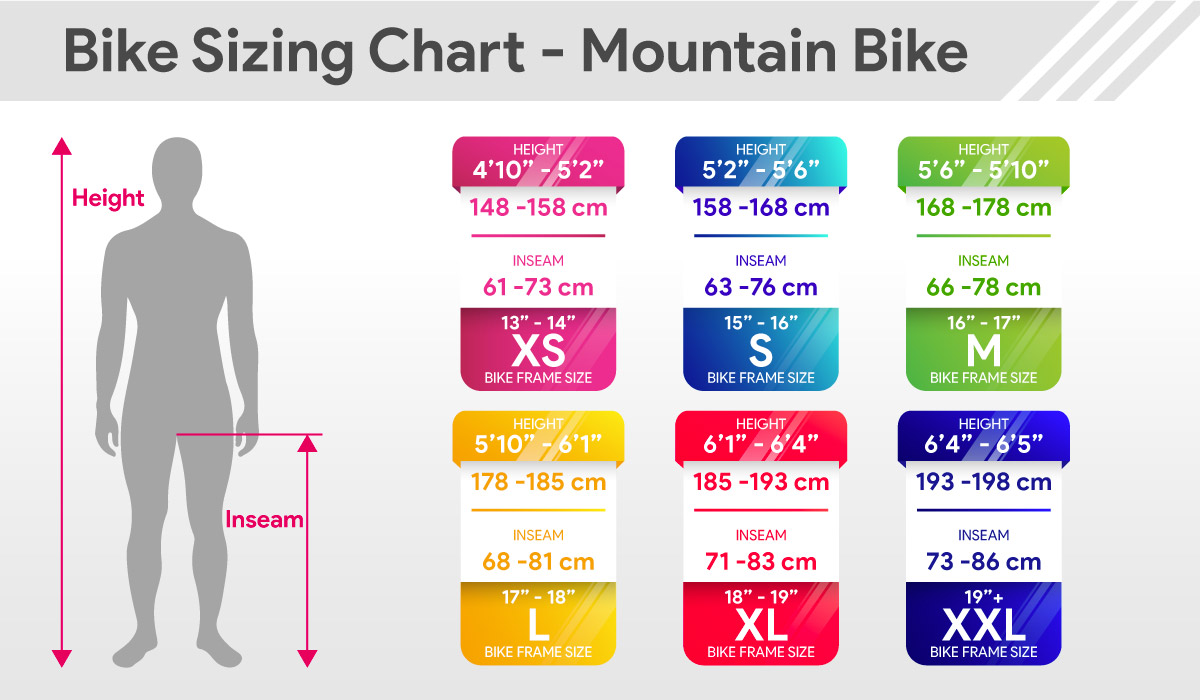Understanding the Importance of Bicycle Frame Size
Selecting the correct bicycle frame size is crucial for both recreational and professional cyclists. A properly fitting frame size ensures improved comfort, efficiency, and safety on the road or trail. A frame that is too small or too large can lead to discomfort, decreased control, and even injury. Therefore, it is essential to take the time to find the right frame size for your individual needs.
Measuring Your Body Proportions: A Guide to Finding Your Ideal Frame Size
To determine the ideal bicycle frame size, it is essential to measure your body proportions accurately. The two most critical measurements to consider are inseam length and torso height. Here is a step-by-step guide on how to take these measurements:
- Inseam Length: Measure the length of your inseam by standing with your back against a wall and your feet shoulder-width apart. Place a book between your legs, as high as possible, and mark the spot where the book touches the wall. Measure the distance from the mark to the floor to determine your inseam length.
- Torso Height: Measure your torso height by standing with your back against a wall and your feet shoulder-width apart. Tuck your chin into your chest and mark the highest point on the wall where your head reaches. Measure the distance from the mark to the floor to determine your torso height.
Once you have these measurements, you can use a bicycle frame size chart to determine the ideal frame size for your body proportions. It is essential to use accurate measurements and a reputable chart to ensure a proper fit. Additionally, consider consulting with a professional bike fitter for a more personalized fit.
Different Types of Bicycle Frame Materials and Their Impact on Frame Size Selection
Bicycle frame materials significantly impact the overall fit and feel of the bicycle. Understanding the benefits and drawbacks of each material can help cyclists make an informed decision when selecting the right frame size. Here are some of the most common materials used in bicycle frame manufacturing:
- Aluminum: Aluminum frames are lightweight, durable, and affordable. They offer a smooth ride and are resistant to corrosion. However, aluminum frames can be stiff, which may not provide the same level of comfort as other materials.
- Carbon Fiber: Carbon fiber frames are lightweight, strong, and provide a comfortable ride. They are also highly customizable, allowing manufacturers to create frames with specific ride characteristics. However, carbon fiber frames can be expensive and may not be as durable as other materials.
- Steel: Steel frames are durable, strong, and provide a comfortable ride. They are also highly customizable and can be repaired relatively easily. However, steel frames are heavier than other materials and may be susceptible to corrosion if not properly maintained.
When selecting a frame size, it is essential to consider the material’s impact on the overall fit and feel of the bicycle. For example, a carbon fiber frame may require a different frame size than an aluminum frame to achieve the same level of comfort and efficiency. Additionally, it is essential to consider the type of cycling you will be doing and the conditions you will be riding in when selecting a frame material.
Bicycle Geometry: How It Affects Frame Size Selection
Bicycle geometry refers to the arrangement of the frame’s tubes and components, which significantly impacts the fit, feel, and handling of the bicycle. Understanding the concept of bicycle geometry can help cyclists make informed decisions when selecting the right frame size. Here are some of the most critical factors to consider:
- Wheelbase: The wheelbase is the distance between the front and rear wheels. A longer wheelbase provides stability and a smoother ride, while a shorter wheelbase provides quicker handling and maneuverability. Consider the type of cycling you will be doing and the conditions you will be riding in when selecting a wheelbase.
- Bottom Bracket Height: The bottom bracket height is the distance from the ground to the bottom bracket, which is the axle that the pedals attach to. A higher bottom bracket height provides better clearance for obstacles and rough terrain, while a lower bottom bracket height provides better stability and cornering. Consider the type of cycling you will be doing and the terrain you will be riding on when selecting a bottom bracket height.
- Head Tube Angle: The head tube angle is the angle at which the front fork and head tube meet. A steeper head tube angle provides quicker handling and maneuverability, while a slacker head tube angle provides stability and a smoother ride. Consider the type of cycling you will be doing and the conditions you will be riding in when selecting a head tube angle.
When selecting a frame size, it is essential to consider the impact of bicycle geometry on the overall fit and feel of the bicycle. For example, a road bike with a longer wheelbase may require a different frame size than a mountain bike with a shorter wheelbase to achieve the same level of comfort and efficiency. Additionally, it is essential to consider the type of cycling you will be doing and the conditions you will be riding in when selecting a frame geometry.
Choosing the Right Bicycle Type: How It Impacts Frame Size Selection
Different types of bicycles have different frame geometries and sizing, which can impact the overall fit and feel of the bicycle. Understanding the differences between each type of bicycle can help cyclists make informed decisions when selecting the right frame size. Here are some of the most common types of bicycles and what to consider when selecting a frame size:
- Road Bikes: Road bikes are designed for fast, efficient riding on paved roads. They typically have a more aggressive geometry, with a longer reach and a lower handlebar height. When selecting a road bike frame size, consider your inseam length and torso height. A properly fitting road bike should allow for a slight bend in the knees when the pedal is at its lowest point and a comfortable reach to the handlebars.
- Mountain Bikes: Mountain bikes are designed for off-road riding and typically have a more relaxed geometry, with a shorter reach and a higher handlebar height. When selecting a mountain bike frame size, consider your inseam length and riding style. A properly fitting mountain bike should allow for a comfortable riding position and enough standover clearance to maneuver over obstacles.
- Hybrid Bikes: Hybrid bikes are a cross between road bikes and mountain bikes and are designed for a variety of riding conditions. They typically have a more upright riding position and a comfortable geometry. When selecting a hybrid bike frame size, consider your inseam length and riding style. A properly fitting hybrid bike should allow for a comfortable riding position and enough standover clearance to maneuver easily.
When selecting a frame size, it is essential to consider the type of cycling you will be doing and the conditions you will be riding in. For example, a road bike with a more aggressive geometry may require a different frame size than a mountain bike with a more relaxed geometry to achieve the same level of comfort and efficiency. Additionally, it is essential to consider the specific geometry and sizing of each type of bicycle when selecting a frame size.
Trying Before Buying: The Importance of Test Riding a Bicycle Before Purchasing
Test riding a bicycle before purchasing is crucial to ensure a proper fit and comfortable ride. Test riding allows cyclists to determine if the bicycle fits properly and if any adjustments need to be made. Here are some tips on what to look for when test riding a bicycle and how to make adjustments for a better fit:
- Comfort: Pay attention to your comfort level while test riding. Check if the saddle height, handlebar height, and stem length are appropriate for your body proportions. Make adjustments as necessary to ensure a comfortable riding position.
- Handling: Test ride the bicycle on different terrains and at various speeds to determine if the handling is suitable for your riding style. Check if the bicycle responds well to steering and if it feels stable and secure.
- Pedaling Efficiency: Pay attention to your pedaling efficiency while test riding. Check if your legs are extending fully and if you are able to pedal smoothly and efficiently.
- Adjustments: If the bicycle does not fit properly, make adjustments as necessary. This may include adjusting the saddle height, handlebar height, or stem length. If the bicycle is still not comfortable, consider trying a different frame size or type.
When test riding a bicycle, it is essential to wear appropriate cycling clothing and shoes to ensure an accurate fit. Additionally, consider bringing your own pedals and saddle if you prefer a specific style or fit. By taking the time to test ride a bicycle and make adjustments for a better fit, you can ensure a comfortable and efficient ride.
Making Adjustments: How to Fine-Tune Your Bicycle Frame Size
Even after selecting the correct bicycle frame size, there are still adjustments that can be made to fine-tune the fit and feel of the bicycle. Here are some of the most common adjustments and how they can impact the overall fit and feel of the bicycle:
- Saddle Height: The saddle height is the distance from the center of the bottom bracket to the top of the saddle. A proper saddle height allows for a full extension of the legs while pedaling and can improve pedaling efficiency. To adjust the saddle height, loosen the seatpost clamp, adjust the seatpost to the desired height, and retighten the clamp.
- Handlebar Height: The handlebar height is the distance from the ground to the top of the handlebars. A proper handlebar height can improve comfort and handling. To adjust the handlebar height, loosen the stem bolts, adjust the stem to the desired height, and retighten the bolts.
- Stem Length: The stem length is the distance from the center of the steerer tube to the center of the handlebars. A proper stem length can improve handling and comfort. To adjust the stem length, loosen the stem bolts, replace the stem with one of a different length, and retighten the bolts.
When making adjustments to the bicycle, it is essential to make small changes and test ride the bicycle to ensure the changes are improving the fit and feel. Additionally, consider consulting with a professional bike fitter for a more personalized fit. By taking the time to fine-tune the fit and feel of the bicycle, cyclists can ensure a comfortable and efficient ride.
Conclusion: Finding the Perfect Bicycle Frame Size for a Comfortable and Efficient Ride
Choosing the right bicycle frame size is crucial for both recreational and professional cyclists. A properly fitting bicycle can improve comfort, efficiency, and safety, while a poorly fitting bicycle can lead to discomfort, inefficiency, and even injury. To find the perfect bicycle frame size, consider the following steps:
- Measure your body proportions, such as inseam length and torso height, to determine the ideal frame size.
- Consider the type of bicycle you will be riding and the impact it has on frame size selection.
- Understand the concept of bicycle geometry and how it affects frame size selection.
- Test ride the bicycle before purchasing to ensure a proper fit and make adjustments as necessary.
- Fine-tune the bicycle frame size with adjustments such as saddle height, handlebar height, and stem length.
By taking the time to find the right bicycle frame size, cyclists can ensure a comfortable and efficient ride. Remember that a properly fitting bicycle is not only more enjoyable to ride but also safer and more efficient. So, invest the time and effort to find the perfect frame size for your individual needs and start enjoying the benefits of a well-fitting bicycle today.







